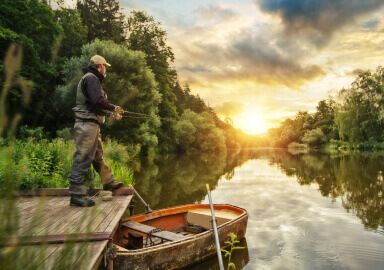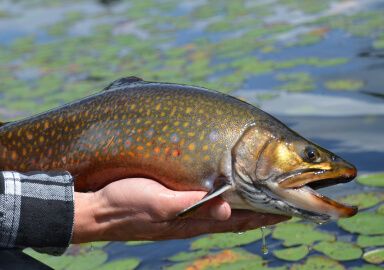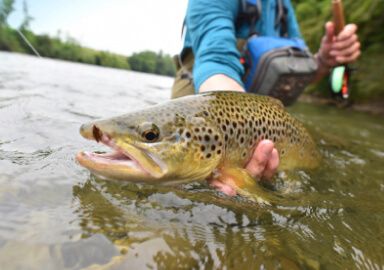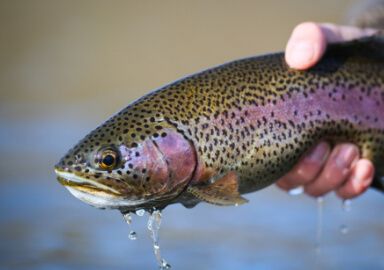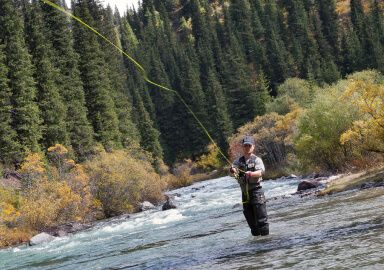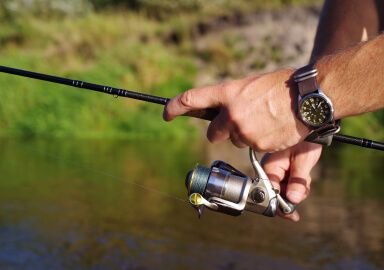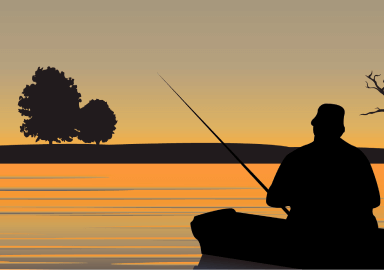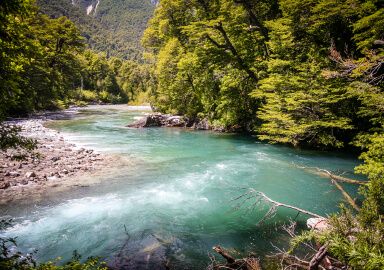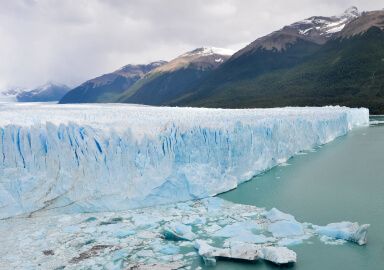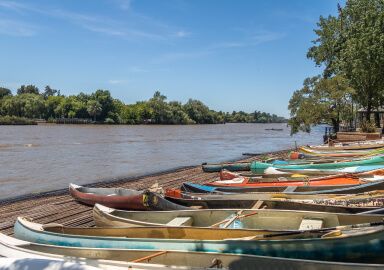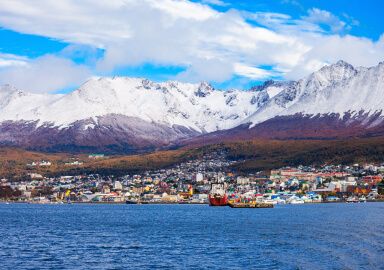Fishing in Río Negro
From the iconic trout streams of northern Patagonia to the mysterious waters of the Atlantic coast, Río Negro Province offers diverse, untamed fishing adventures in one of Argentina’s most striking landscapes.
View 3 listings
3
listings
–
price starting from
4
fish species
–
to the nearest trip
About Río Negro
Río Negro, located in the north of Argentine Patagonia, is a province of remarkable contrasts. To the west, the snow-capped Andes give birth to crystalline rivers and lakes surrounded by forests and mountains. To the east, the landscape transitions into sprawling steppes and finally to the rugged coastline of the South Atlantic Ocean. This unique geography gives Río Negro an extraordinary diversity of freshwater and saltwater fishing environments.
The province’s name comes from the Río Negro River, Argentina’s largest river entirely within national borders. Flowing across the province from the Andes to the Atlantic, the river and its surrounding valleys support both agriculture and rich aquatic ecosystems. Towns like Bariloche and El Bolsón in the west serve as hubs for fly anglers chasing trout in alpine rivers and lakes, while coastal towns such as San Antonio Oeste and Viedma provide access to lesser-known saltwater fisheries.
Río Negro’s climate varies from the cool, wet mountains to the dry, windy plains and temperate coast—so be sure to pack for a wide range of weather conditions if you're planning to explore the province’s many waters.
Fishing Types
Río Negro’s fishing opportunities are divided between the Andes-fed rivers and lakes in the west and the broad river valleys and Atlantic coast in the east. In the mountainous region near Bariloche and El Bolsón, anglers will find some of Patagonia’s most iconic trout waters. The Limay, Manso, and Pichileufú Rivers are world-class fly fishing destinations, offering both wade and drift boat backcountry opportunities with stunning backdrops of mountains and forests. Glacial lakes like Lago Nahuel Huapi and Lago Mascardi also hold large trout and provide excellent stillwater fishing.
Moving eastward, the Río Negro itself becomes the centerpiece. Though not as celebrated as the Andean rivers, it supports healthy populations of native and introduced species, and provides a completely different fishing experience. On the Atlantic coast, inshore fishing around San Antonio Oeste and Las Grutas can be surprisingly productive.
Targeted Fish Species
Trout are the stars of Río Negro’s freshwater fisheries. Brown and rainbow trout thrive in the clear, cold rivers and lakes of the western Andes, often reaching impressive sizes thanks to the low fishing pressure and abundant food. The Limay River, especially its lower section, is known for producing trophy-sized brown trout, some exceeding 10 pounds.
Rainbow trout are more common in the fast-flowing mountain streams, where they eagerly take dry flies and nymphs throughout the season. Brook trout can also be found in select high-altitude streams and lakes, offering a unique challenge and a splash of color for fly anglers. In Lago Nahuel Huapi and some of the deeper lakes, landlocked Atlantic salmon are occasionally caught, adding another exciting species to the mix.
Several Argentinean species can be caught in Río Negro, including pejerrey (silverside) and perch, but bear in mind that in most cases the native species are to be released, especially in National Parks. Atlantic salmon fishing is also catch-and-release only. Along the Atlantic coast, species like corvina (drum), sea bass, and small sharks are the main targets. While less flashy than Patagonia’s famous trout, these saltwater fish offer plenty of action and strong fights.
Fishing Techniques
In western Río Negro, fly fishing is the primary technique for targeting trout. Dry flies, nymphs, and streamers are all used depending on the season and water level. Early season typically favors streamers and sink-tip lines, especially for large brown trout holding in deep pools. As summer progresses and hatches increase, dry fly fishing becomes increasingly productive, especially on rivers like the Manso and Pichileufú. Nymphing is consistently effective throughout the season, particularly in clear, slower-moving sections where fish can be more selective.
Drifting trips are a popular and efficient way to fish the Limay River, allowing anglers to cover more water and reach less-pressured spots. In lakes, anglers often use sinking lines and streamers to target deeper trout. Spinning is also allowed in many areas, especially in lakes and lower river sections. The angler may use only one rod at a time, and the lures can have only one hook. On the Atlantic coast, surf casting with bait rigs is the most common method, and lures can be used effectively from rocky points. Gear for coastal fishing should be saltwater-resistant and robust enough to handle strong currents and potentially large fish.

